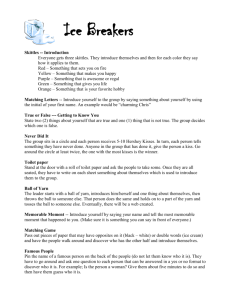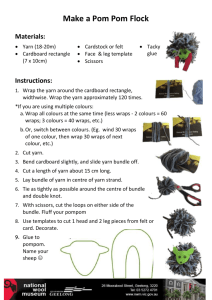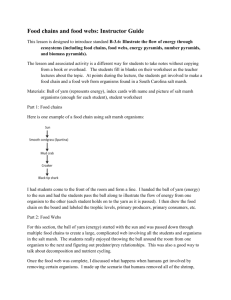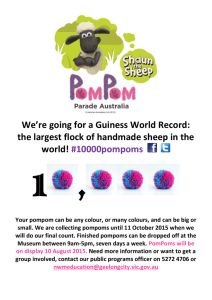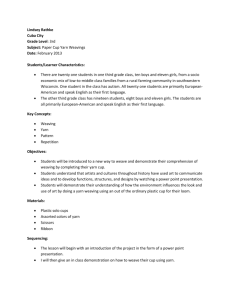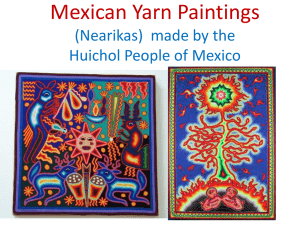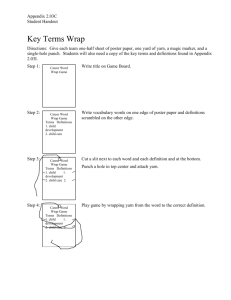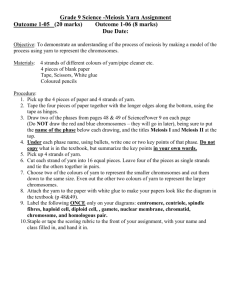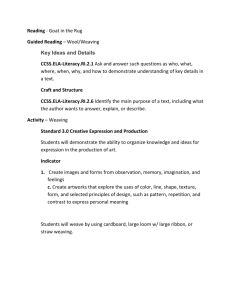Teaching Tolerance: Community Ball
advertisement
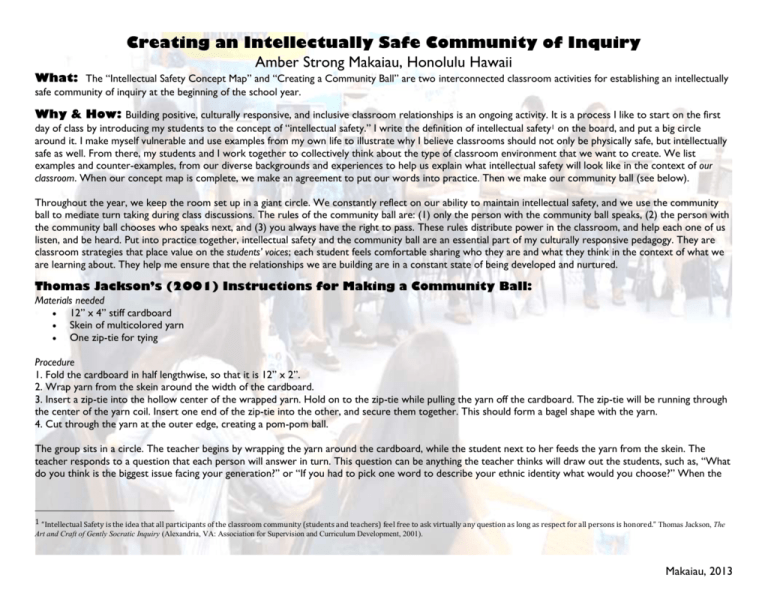
Creating an Intellectually Safe Community of Inquiry Amber Strong Makaiau, Honolulu Hawaii What: The “Intellectual Safety Concept Map” and “Creating a Community Ball” are two interconnected classroom activities for establishing an intellectually safe community of inquiry at the beginning of the school year. Why & How: Building positive, culturally responsive, and inclusive classroom relationships is an ongoing activity. It is a process I like to start on the first day of class by introducing my students to the concept of “intellectual safety.” I write the definition of intellectual safety1 on the board, and put a big circle around it. I make myself vulnerable and use examples from my own life to illustrate why I believe classrooms should not only be physically safe, but intellectually safe as well. From there, my students and I work together to collectively think about the type of classroom environment that we want to create. We list examples and counter-examples, from our diverse backgrounds and experiences to help us explain what intellectual safety will look like in the context of our classroom. When our concept map is complete, we make an agreement to put our words into practice. Then we make our community ball (see below). Throughout the year, we keep the room set up in a giant circle. We constantly reflect on our ability to maintain intellectual safety, and we use the community ball to mediate turn taking during class discussions. The rules of the community ball are: (1) only the person with the community ball speaks, (2) the person with the community ball chooses who speaks next, and (3) you always have the right to pass. These rules distribute power in the classroom, and help each one of us listen, and be heard. Put into practice together, intellectual safety and the community ball are an essential part of my culturally responsive pedagogy. They are classroom strategies that place value on the students’ voices; each student feels comfortable sharing who they are and what they think in the context of what we are learning about. They help me ensure that the relationships we are building are in a constant state of being developed and nurtured. Thomas Jackson’s (2001) Instructions for Making a Community Ball: Materials needed 12” x 4” stiff cardboard Skein of multicolored yarn One zip-tie for tying Procedure 1. Fold the cardboard in half lengthwise, so that it is 12” x 2”. 2. Wrap yarn from the skein around the width of the cardboard. 3. Insert a zip-tie into the hollow center of the wrapped yarn. Hold on to the zip-tie while pulling the yarn off the cardboard. The zip-tie will be running through the center of the yarn coil. Insert one end of the zip-tie into the other, and secure them together. This should form a bagel shape with the yarn. 4. Cut through the yarn at the outer edge, creating a pom-pom ball. The group sits in a circle. The teacher begins by wrapping the yarn around the cardboard, while the student next to her feeds the yarn from the skein. The teacher responds to a question that each person will answer in turn. This question can be anything the teacher thinks will draw out the students, such as, “What do you think is the biggest issue facing your generation?” or “If you had to pick one word to describe your ethnic identity what would you choose?” When the 1 “Intellectual Safety is the idea that all participants of the classroom community (students and teachers) feel free to ask virtually any question as long as respect for all persons is honored.” Thomas Jackson, The Art and Craft of Gently Socratic Inquiry (Alexandria, VA: Association for Supervision and Curriculum Development, 2001). Makaiau, 2013 teacher finishes speaking, she passes the cardboard to the student besides her, who begins to wrap and speak as the teacher takes over feeding the yarn. This process - one person wrapping and speaking, and his neighbor feeding the yarn - continues until all have had the opportunity to speak. Makaiau, 2013 Student work: This is an example of a ninth grade ethnic studies student’s intellectual safety concept map created on the 1st day of class. Makaiau, 2013
